 |
 |
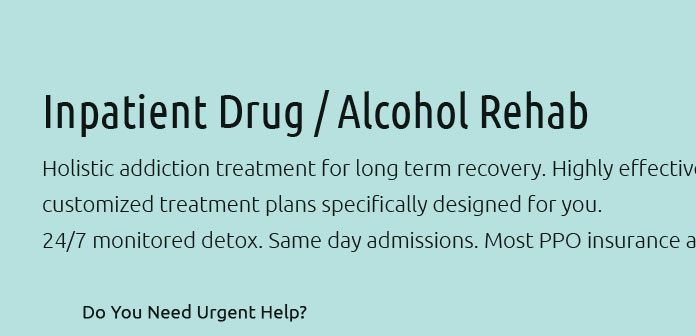 |
 |
 |
 |
||
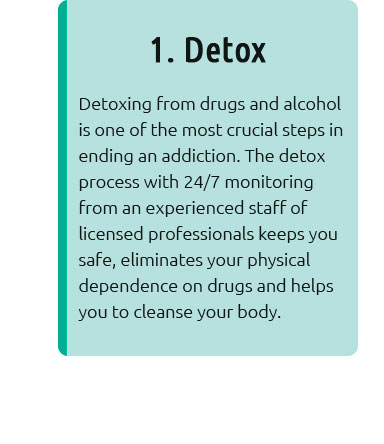 |
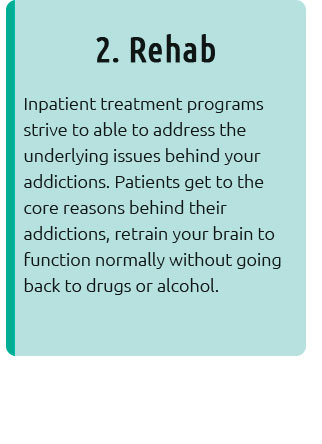 |
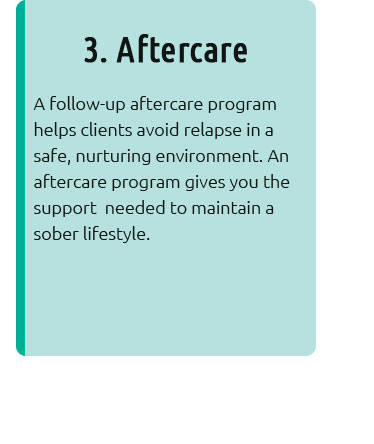 |
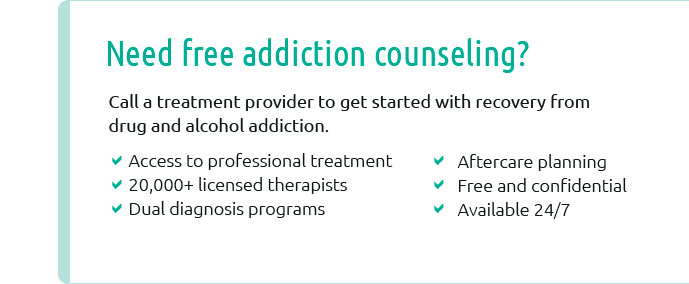 |
 |
 |
 |
||
 |
||
 |
||
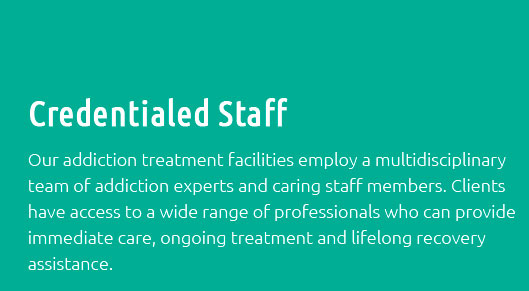 |
 |
 |
|
 |
|
Exploring Residential Treatment Facilities Near Me: A Comprehensive GuideIn today’s world, where mental health and substance abuse issues are increasingly acknowledged as critical aspects of overall well-being, residential treatment facilities have emerged as vital institutions in providing necessary care and rehabilitation. These facilities, often located within serene environments, serve as sanctuaries for individuals seeking to overcome various challenges, offering a respite from the chaos of everyday life. The journey to finding the right residential treatment facility can be daunting, given the myriad of options available. However, understanding the nuances of these facilities can make this journey less overwhelming. It's crucial to acknowledge that no two facilities are identical; each offers unique approaches, therapies, and environments that cater to diverse needs. First and foremost, the location of a treatment facility plays a significant role in the recovery process. Facilities near urban centers might provide easy access to additional resources, whereas those nestled in rural or coastal areas might offer tranquility and a closer connection to nature. For example, a facility located near the lush landscapes of Northern California may provide a stark contrast to the bustling environments of a city-based center. One of the primary considerations when evaluating these facilities is the range of therapies offered. A well-rounded treatment plan often includes individual and group therapy sessions, cognitive-behavioral therapy, and holistic approaches such as yoga or meditation. Facilities that integrate family therapy can be particularly beneficial, as they involve loved ones in the healing process, fostering an environment of support and understanding. Another critical aspect is the staff-to-patient ratio. A lower ratio often means more personalized care and attention, which can significantly impact an individual’s progress. Experienced and empathetic staff members, including therapists, counselors, and medical professionals, are essential in creating a supportive and effective treatment environment.
These are additional factors that can influence the decision-making process. While the cost of treatment can vary widely, many facilities offer financial assistance or accept insurance plans, making them accessible to a broader audience. Amenities such as comfortable living quarters, recreational activities, and nutritious meals contribute to the overall experience, making the journey to recovery more pleasant. Furthermore, the availability of aftercare programs is crucial in ensuring long-term success post-treatment. These programs, which might include outpatient therapy, support groups, or life skills workshops, help individuals transition back into everyday life with confidence and resilience. Personal stories often shed light on the profound impact these facilities can have. For instance, Sarah, a former resident of a well-regarded treatment center in New England, shares how the combination of personalized care and a peaceful setting helped her find clarity and strength to overcome her struggles with addiction. Such testimonials are a testament to the life-changing potential of these institutions. In conclusion, residential treatment facilities are more than just places of recovery; they are communities that nurture growth, healing, and transformation. By considering factors such as location, therapies, staff quality, and post-treatment support, individuals can make informed decisions that align with their personal needs and circumstances. The path to recovery is unique for everyone, but with the right support system, it is undoubtedly achievable.
https://www.psychologytoday.com/us/treatment-rehab/mo/saint-louis?category=teens-adolescent-residential
The work each person does at McCallum Place is often just the beginning of a life in recovery from an eating disorder. We want to make sure that everyone we ... https://dss.mo.gov/provider-services/children/docs/licensed-residential-facility-listing.pdf
Residential Treatment Agencies for Children & Youth -. Operating Sites. Facility. Physical. Address. City. County State Zip. Telephone. Web Page. https://www.addictions.com/rehabs/missouri/saint-louis/
Find the best drug rehabs in Saint Louis, MO in 2024. Filter by inpatient, outpatient, insurance accepted, and more to find the right ...
|